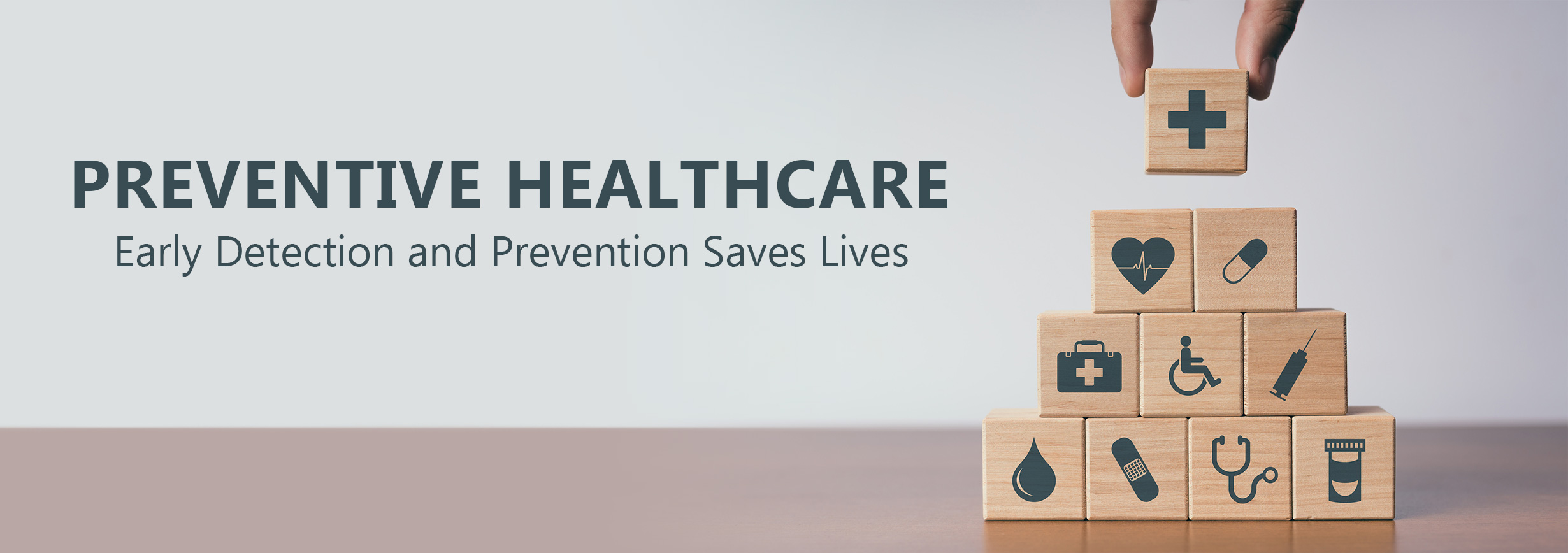Inpatient visits were the most affordable, at 8 percent of a basic inpatient stay and 3.1 percent for inpatient surgical treatment. Encounters involving medical facility care sustained additional facility-level billing expenses. (see Figure 3) In addition to the dollar cost of BIR activity, the research study likewise reported the time spent on administration for common encounters. The amounts available from these sources for unremunerated care surpass the authors' point quote of $34.5 billion obtained from MEPS by $3 to $6 billion annually, as displayed in the table. Sources of Financing Available totally free Care to the Uninsured, 2001 ($ billions). Federal, state, and city governments support uncompensated care to uninsured Americans and others who can not spend for the costs of their care, mainly as health center ($ 23.6 billion) and center services ($ 7 billion).
State and local governmental support for uncompensated healthcare facility care is approximated at $9.4 billion, through a mix of $3.1 billion in tax appropriations for basic hospital support (which the Medicare Payment Advisory Committee [MedPAC] deals with as funds offered for the support of uninsured clients), $4.3 billion in assistance for indigent care programs, and $2.0 billion in Medicaid DSH and UPL payments (Hadley and Holahan, 2003a). Although hospitals reported uncompensated care expenses in 1999 of $20.8 billion (projected to increase to $23.6 billion in 2001), it is difficult to determine just how much of this expense eventually resides with the healthcare facilities (MedPAC, 2001; Hadley and Hollahan, 2003a).
Philanthropic assistance for medical facilities in basic represent in between 1 and 3 percent of healthcare facility revenues (Davison, 2001) and, because much of this assistance is devoted to other functions (e.g., capital enhancements), just a portion is readily available for unremunerated care, approximated to fall in the variety of $0.8 to $1 - what is health care.6 billion for 2001.
Medical facilities had a private payer surplus of $17. what does a health care administration do.4 billion in 1999 (based upon AHA and MedPAC reporting). These surplus payments, nevertheless, tend to be inversely related to the quantity of free care that health centers provide. A study of metropolitan safety-net hospitals in the mid-1990s discovered that safety-net health centers' case loads typically consisted of 10 percent self-pay or charity cases and 20 percent privately guaranteed, whereas among nonsafety-net healthcare facilities, simply 4 percent were self-pay or charity cases and 39 percent were privately guaranteed (Gaskin and Hadley, 1999a, b).
Indicators on What Is Preventive Health Care You Need To Know
Based upon this reasoning, Hadley and Holahan presume that between 10 and 20 percent of these surplus revenues support care to the uninsured. The concern of cross-subsidies of uncompensated care from private payers and the impact of uninsurance on the rates of health care services and insurance coverage are gone over in the following section.

Have the 41 million uninsured Americans contributed materially to the rate of increase in healthcare costs and insurance coverage premiums through cost moving? Health care costs and medical insurance premiums have increased more rapidly than other costs in the economy for several years. In 2002, healthcare rates increased by 4 (what is a deductible in health care).7 percent, while all prices increased by just 1.6 percent.
Health insurance coverage premiums increased by 12.7 percent between 2001 and 2002, the largest boost since 1990 (Kaiser Family Foundation and HRET, 2002). These high rates of boosts in treatment rates and medical insurance premiums have been associated to a number of factors, consisting of medical https://how-many-people-have-depression-in-the-world.mental-health-hub.com/ innovation advances (e.g., prescription drugs), aging of the population, multiyear insurance coverage underwriting cycles, and, more recently, the loosening of controls on utilization by handled care plans (Strunk et al., 2002). If individuals without medical insurance paid the full bill when they were hospitalized or used physician services, there would appear to be no factor to believe that they contributed anymore to the large boosts in treatment rates and insurance premiums than insured individuals.
It is definitely an overestimate to associate all healthcare facility uncollectable bill and charity care to uninsured patients, as Hadley and Holahan acknowledge, due to the fact that patients who have some insurance coverage but can not or do not pay deductible and coinsurance quantities represent some of this uncompensated care. Of those physicians reporting that they provided charity care, about half of the total was reported as lowered fees, instead of as complimentary care (Emmons, 1995).
The Best Guide To When It Comes To Health Care
Although 60 to 80 percent of the users of openly funded clinic services, such as supplied by federally qualified neighborhood university hospital, the VA, and local public health departments are publicly or privately insured, these suppliers are not most likely to be able to shift expenses to private payers. Little details is available for investigating the degree to which private employers and their staff members fund the care provided to uninsured persons through the insurance premiums they pay or the size of this subsidy.
Utilizing the example of South Carolina, about seven-eighths of the private subsidies for uninsured care from nongovernmental sources originated from philanthropies and other medical facility (nonoperating) income, while the staying one-eighth originated from surpluses created from private-pay clients (Conover, 1998). It is difficult to translate the modifications in healthcare facility pricing since released studies have taken a look at individual hospitals rather than the overall relationships among uncompensated care, high uninsured rates, and pricing trends in the healthcare facility services market in general.

One analyst argues that there has been little or no charge shifting throughout the 1990s, regardless of the potential to do so, because of "rate sensitive companies, aggressive insurers, and excess capacity in the medical facility industry," which recommends a relative absence of market power on the part of health centers (Morrisey, 1996).
For unremunerated care utilization by the uninsured to impact the rate of boost in service prices and premiums, the proportion of care that was unremunerated would have to be increasing as well. There is somewhat more evidence for expense shifting amongst nonprofit healthcare facilities than amongst for-profit medical facilities since of their service mission and their location (Hadley and Feder, 1985; Dranove, 1988; Frank and Salkever, 1991; Morrisey, 1993; Gruber, 1994; Morrisey, 1994; Needleman, 1994; Hadley et al., 1996).
When Is Health Care Vote for Beginners
Some studies have actually demonstrated that the arrangement of uncompensated care has declined in response to increased market pressures (Gruber, 1994; Mann et al., 1995). The interest in expense moving from the uninsured to the insured population as a phenomenon might be altering to a concentrate on the transfer of the burden of uncompensated care from personal healthcare facilities to public organizations due to reduced profitability of medical facilities general (Morrisey, 1996).